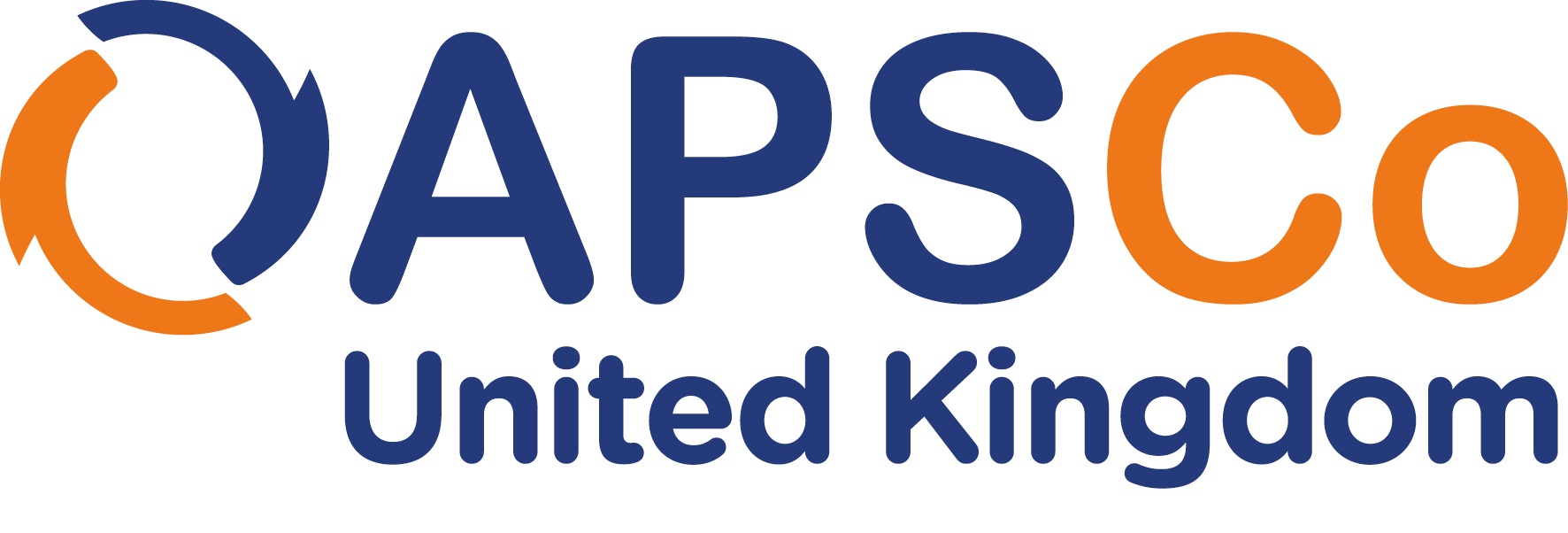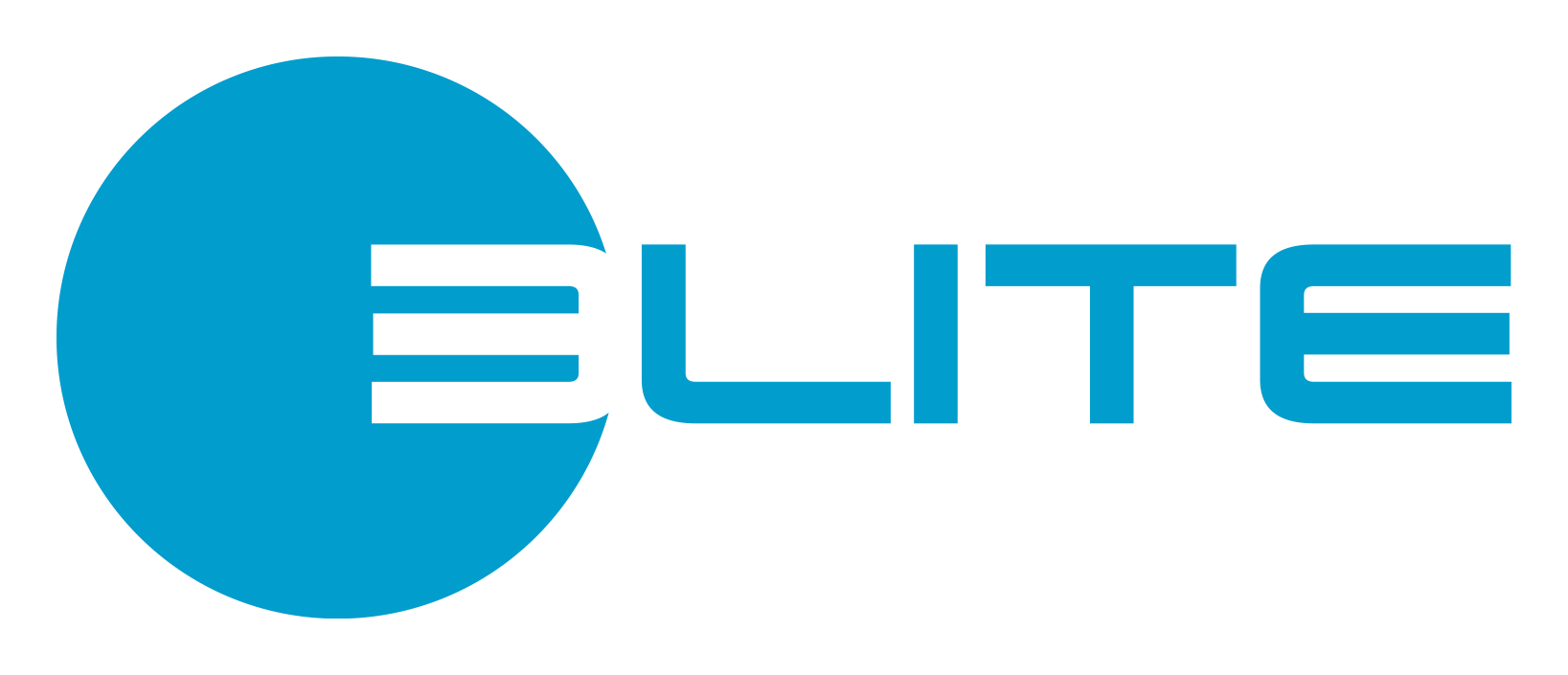Recruitment isn't just about processes; it's about people. How to bridge the gap between the two
Talent Acquisition (TA) stands at the forefront of every successful company. But why do many businesses fail to recognise the true worth of this vital function? This is a question echoed by many TA professionals who find themselves fighting to underscore their pivotal role in shaping the organisation’s future.
Talent Acquisition isn't just about hiring; it's a complex mesh of branding, process optimisation, stakeholder management, and above all, a deep understanding of business dynamics.
Understanding the Role and Its Intricacies
The Managing Director at Nixor, a tech recruitment business, captured the essence of TA's multifaceted role, stating, "Your role goes beyond mere hiring. It's about maintaining a seamless process amidst the myriad challenges." While many see TAs as mere recruiters, those in the know appreciate that TAs play a crucial role in employer branding, candidate experience, and overall business strategy.
In the rapidly evolving corporate landscape, it's imperative for organisations to truly grasp the multifaceted nature of Talent Acquisition (TA). One effective way to bridge this understanding gap is through Educational Workshops. By hosting internal sessions that delve into the intricate responsibilities of TAs, organisations can foster a culture of appreciation. These workshops can be enriched with case studies, role-playing, and interactive discussions that shed light on the TA's role beyond mere recruitment. Additionally, Visibility Initiatives can play a pivotal role. By crafting monthly or quarterly reports that spotlight the diverse tasks and accomplishments of the TA team, businesses can tangibly see their contributions in areas like branding, stakeholder management, and overarching business strategy.
TA's Common Struggles
One prevalent issue is the challenges posed by hiring managers who sidestep recruitment processes. A seasoned recruiter with two decades of experience shared, "I've seen the chaos that ensues when hiring managers sidestep the process. It's the junior recruiters and TAs like you who bear the brunt."
Moreover, managing stakeholders effectively remains another uphill battle. TAs deal with a spectrum of hiring managers, from the exceptionally supportive to the downright challenging. Ensuring that each stakeholder's expectations are aligned with organisational needs can be a herculean task.
The challenges faced by TA professionals often stem from a lack of structured processes and understanding among stakeholders. To counteract this, organisations can establish Clear Process Documentation. This involves creating a comprehensive recruitment blueprint that's disseminated to all involved parties, ensuring everyone is on the same page.
However, when these processes are bypassed, the repercussions can be manifold:
Compromised Quality of Hires: One of the primary repercussions of not adhering to established recruitment processes is the potential decline in the quality of hires. Without a structured approach, there's a risk of overlooking critical evaluation steps, leading to hires that may not align with the company's values or skill requirements.
Increased Turnover Rates: Bypassing processes can lead to hasty hiring decisions. Such decisions often result in mismatches between the company's expectations and the candidate's capabilities or aspirations, leading to higher turnover rates. This not only incurs financial costs but also affects team morale and productivity.
Strained Internal Relationships: When hiring managers sidestep the established processes, it can lead to friction between them and the TA team. This strain can hinder effective collaboration in the future, affecting the overall efficiency of the recruitment process.
By explaining these repercussions in the Clear Process Documentation, organisations can underscore the importance of adhering to the recruitment blueprint. Furthermore, fostering open communication is key. By instituting a Stakeholder Feedback Mechanism, businesses can allow hiring managers to voice their opinions and suggestions regarding the recruitment process, fostering a sense of ownership and adherence.
The Undervaluation Dilemma
Perhaps the most poignant question is, "Why don't most businesses see the value in TA or recognise them as the potent asset they can be?" The answer is multifaceted:
- Lack of Understanding: Many businesses fail to understand the complexities of the TA role. They see it as just another HR function rather than a specialised role that requires unique skills, knowledge, and tact.
- Short-Term Vision: Some companies focus only on immediate needs, such as filling a vacant position, without understanding the long-term strategic importance of hiring the right talent.
- Underinvestment: When companies fail to invest in their TA processes, tools, and training, it reinforces the perception that the function isn't a priority.
The undervaluation of TA professionals is a pressing concern that can be mitigated through strategic initiatives. One potent approach is sharing Success Stories.
By regularly spotlighting instances where TA played an instrumental role in onboarding candidates who subsequently made monumental contributions to the company, businesses can tangibly see the value of TA.
Moreover, quantifying the impact of TA is crucial. Through ROI Demonstrations, TA teams can periodically showcase their return on investment, be it in the form of high-caliber hires, diminished turnover rates, or amplified employer branding, thereby cementing their indispensable role.
Offering Solutions and Empathy
Companies like Nixor have begun addressing these challenges head-on. They offer solutions, such as a unique capability score to gauge a hiring manager's engagement level, helping TAs set clear boundaries and expectations.
Moreover, there's an emphasis on elevating employer branding.
As articulated by Nixor, "Your employer brand is an experience, a journey every candidate undertakes." By amplifying brand touchpoints, providing comprehensive training, and emphasising a robust EVP (Employee Value Proposition), companies can ensure a rise in application quality, positioning TAs as valuable contributors.
Empathy and actionable solutions go hand in hand when addressing TA challenges. Elevating the company's image through Branding is paramount.
By orchestrating campaigns that accentuate the company's ethos, values, and perks, and by integrating genuine testimonials from current employees, businesses can authentically resonate with potential hires.
On the operational front, Boundary Setting Workshops can be invaluable. These sessions, replete with role-playing exercises, can equip TAs with the skills to establish clear boundaries with hiring managers, ensuring a harmonious recruitment process.
Boundary Setting Workshop: Navigating Recruitment Dynamics
Objective: Equip Talent Acquisition professionals with the skills to establish clear boundaries with hiring managers, ensuring a harmonious and efficient recruitment process.
Duration: Half-day workshop (4 hours)
Agenda:
- Introduction (30 minutes)
- Icebreaker activity: "When Boundaries Were Crossed"
- Objective and importance of boundary setting in recruitment
- Understanding Boundaries (45 minutes)
- Presentation: "What are Boundaries and Why Do They Matter?"
- Group discussion: Personal experiences with boundary challenges
- Role-Playing Activity (1 hour)
- Scenario 1: A hiring manager insists on interviewing a candidate who doesn't meet the basic qualifications.
- Scenario 2: A hiring manager wants to expedite the hiring process, skipping essential evaluation steps.
- Scenario 3: A hiring manager continuously communicates directly with candidates without informing the TA team.
- Debrief and discussion after each scenario.
- Strategies for Effective Boundary Setting (45 minutes)
- Presentation: "Techniques for Assertive Communication"
- Group activity: Crafting responses to common boundary challenges
- Feedback and Open Forum (45 minutes)
- Participants share their takeaways and insights
- Open forum for questions and sharing additional boundary challenges
- Conclusion and Action Steps (15 minutes)
- Recap of the workshop's key points
- Distribution of handouts: "Boundary Setting Cheat Sheet for TAs"
- Feedback forms for continuous improvement of the workshop
Struggling with roles open for long durations or challenges with particular hiring managers signals the need for a revamped strategy. The answer isn't always in direct hiring. Sometimes, the solution lies in better branding, process optimsation, or stakeholder management.
In today's competitive business landscape, relying on a stagnant recruitment strategy can spell disaster for organisations.
As the corporate world evolves, so too must the methods by which companies attract and retain talent. One of the most potent tools at an organisation's disposal is a Data-Driven Approach.
By actively integrating analytics into the recruitment process, companies can gain invaluable insights into their hiring practices. This approach allows them to pinpoint specific bottlenecks or inefficiencies in their recruitment pipeline.
For instance, if a particular role consistently takes longer to fill than industry standards, analytics might reveal underlying issues such as an unrealistic job description, inadequate sourcing methods, or misaligned interview processes. Addressing these challenges at their root ensures that the recruitment strategy remains agile and effective.
However, sometimes the challenges extend beyond processes and delve into interpersonal dynamics.
In situations where there are recurring conflicts or misunderstandings with specific hiring managers, Third-Party Coaching or Training can be a transformative solution.
This involves bringing in an external coach or trainer with expertise in communication, team dynamics, and conflict resolution.
Through structured training sessions or one-on-one coaching, these experts can equip both the TA team and hiring managers with the skills and tools to effectively communicate, understand each other's perspectives, and collaboratively address challenges.
The external nature of the coach ensures that the training remains objective, free from internal politics or biases, and focuses on building stronger, more productive working relationships.
Additionally, there are instances where certain roles remain notoriously hard to fill due to their niche requirements or the competitive nature of the talent market.
In such cases, bringing in a Specialist Recruiter can be a strategic move.
These recruiters, often with years of experience and a vast network in specific industries or skill sets, specialise in filling roles that are typically challenging to recruit for. Their expertise not only lies in sourcing candidates but also in understanding the nuances of the roles, ensuring a better fit between the candidate and the organisation. By leveraging their specialised knowledge and connections, companies can expedite the hiring process for these tough-to-fill positions, ensuring they don't lag behind due to talent gaps.
In conclusion, while challenges in recruitment are inevitable, they are not insurmountable. By adopting a data-driven approach, considering training, and leveraging specialist recruiters when necessary, organisations can ensure their recruitment strategy remains robust, dynamic, and aligned with their evolving needs.
Conclusion:
Talent Acquisition is undeniably the linchpin of an organisation's success.
It's a multifaceted domain that transcends mere hiring, intertwining with branding, stakeholder management, and the broader business landscape. As the corporate world continually evolves, so must our approach to talent acquisition.
Harnessing a data-driven methodology allows organisations to delve deep into their recruitment strategies, identifying inefficiencies and optimizing processes. This analytical approach ensures that recruitment remains agile, responsive, and in tune with the organisation's needs.
Yet, it's crucial to remember that recruitment isn't just about processes; it's about people.
Addressing interpersonal dynamics, especially through third-party coaching or training, can bridge communication gaps, foster understanding, and cultivate a harmonious recruitment environment.
Furthermore, in an ever-competitive talent market, sometimes the expertise of specialist recruiters becomes indispensable. Their niche knowledge and vast networks can be the key to unlocking those hard-to-fill roles, ensuring organisations remain at the forefront of their industries.
In essence, the journey of Talent Acquisition is one of continuous learning, adaptation, and growth.
By embracing analytics, fostering open communication, and leveraging specialised expertise, organisations can truly unlock the immense potential of their Talent Acquisition teams, propelling them to new heights of success.
Take the Next Step with Nixor: If you're grappling with hard-to-fill roles or keen on crafting an EVP that compellingly SELLS your organisation's role, culture, and values, Nixor is here to assist. Our expertise lies in helping companies attract top-tier talent by creating EVPs that resonate.
Don't let talent challenges hold you back.
Get in touch with Nixor today.



